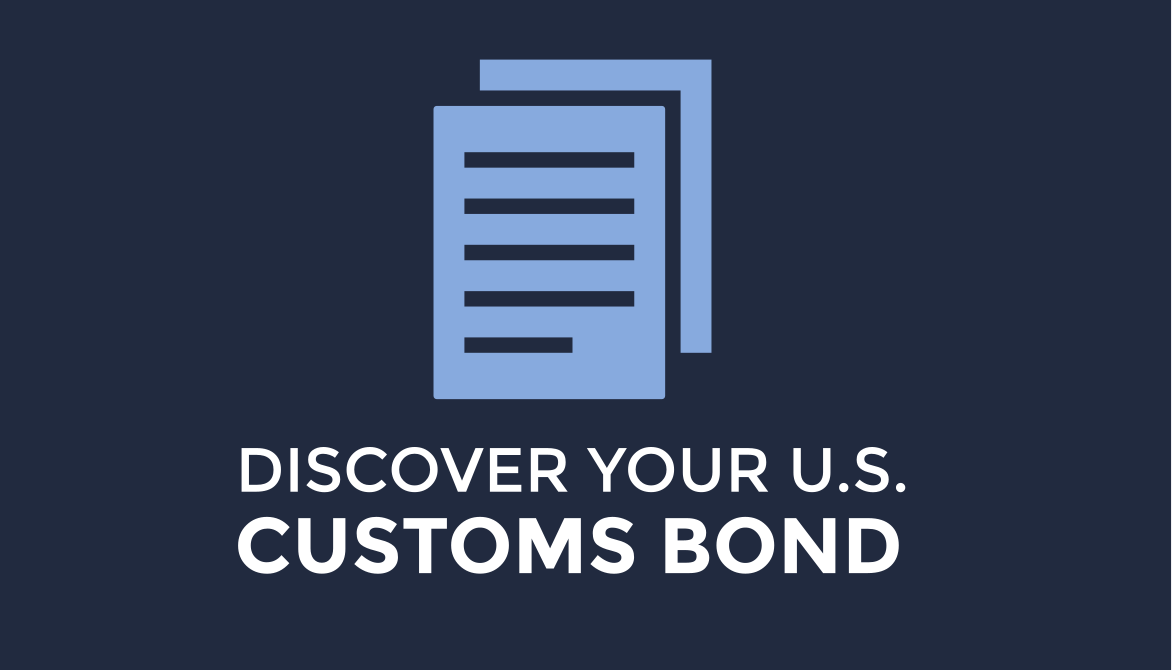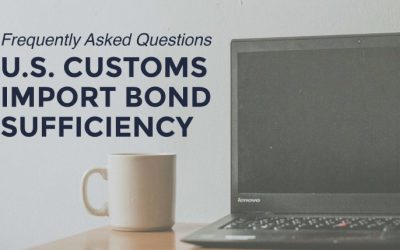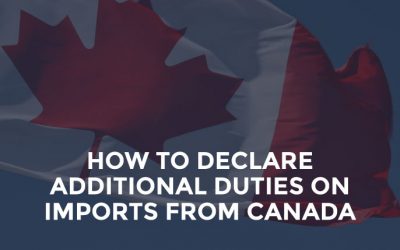Today, we will be discussing methods of procuring information regarding your company’s U.S. Customs bond, and why this information is important.
Knowing the details of your bond is an important step toward understanding and effectively managing your supply chain. There are a few crucial points of information relating to a Customs bond:
What is the effective date of renewal?
Although according to U.S. Customs and Border Protection, a continuous U.S. Customs import bond “…has a term of one year and is automatically renewed each year. A continuous bond is valid until it is terminated by the surety or the principal…” it is still important to know the effective date of your bond’s renewal.
Despite the timeless nature of a bond’s placement with Customs, bond providers still commonly use date-specific terms to coordinate their billing cycles.
If your bond’s term expires without being renewed, it will most likely be terminated by the issuing party.
It is common for Customs bond providers to contact their clients 30-90 days before the bond’s effective renewal date, to ensure no lapse in coverage occurs.
What size of bond do you carry?
If you aren’t aware of the size of the bond you carry, you could be over-bonded or under-bonded.
A $50,000 bond is the smallest-sized bond Customs and Border Protection allows to be issued. It covers up to $500,000 dollars in duties, fees, and taxes.
If the duties, fees, and taxes on your shipments represent a number higher than $500,000 and you have a $50,000 bond, you are likely under-bonded.
Conversely, if your duties, fees, and taxes represent a number much lower than $500,000 and the size of your bond is larger than $50,000, you are likely over-bonded.
What surety issues your Customs bond?
Bonds are issued in a U.S. CBP-standardized format, and can only be issued by an authorized surety.
Although bonds are standardized, sureties aren’t. Do you know who your surety is?
Is your company’s contact information still up-to-date and relevant?
It is a company’s responsibility to keep its contact information up to date with U.S. Customs and Border Protection. Make sure that yours is.
There are a few ways to discover your bond details. If you are currently using a broker or freight forwarder as a liaison between you and your surety, you can ask them for the information. Most of this information should also be available as part of your current bond documents. If you find any discrepancies between the information on these documents and your actual practices, it is important to reconcile them as soon as possible to avoid any unintended consequences.
There are also online resources that can provide this information. TRG provides a free service to clients interested in expanding their U.S. Customs bond knowledge base. All an importer needs to gain access to this info is their importer number, which is the company’s EIN, with two zeros attached to the end (XX-XXXXXXX00). If you would like to take advantage of this service, follow this link and get access to this vital information. After entering your data into the Bond Locator, a TRG Customs bond expert will contact you with information pertaining to your U.S. Customs bond.





![[Webinar] How Could Changes to De Minimis Impact Your Company?](https://traderiskguaranty.com/trgpeak/wp-content/uploads/2025/05/trg-how-de-minimis-impacts-customs-bond-webinar-400x250.png)

